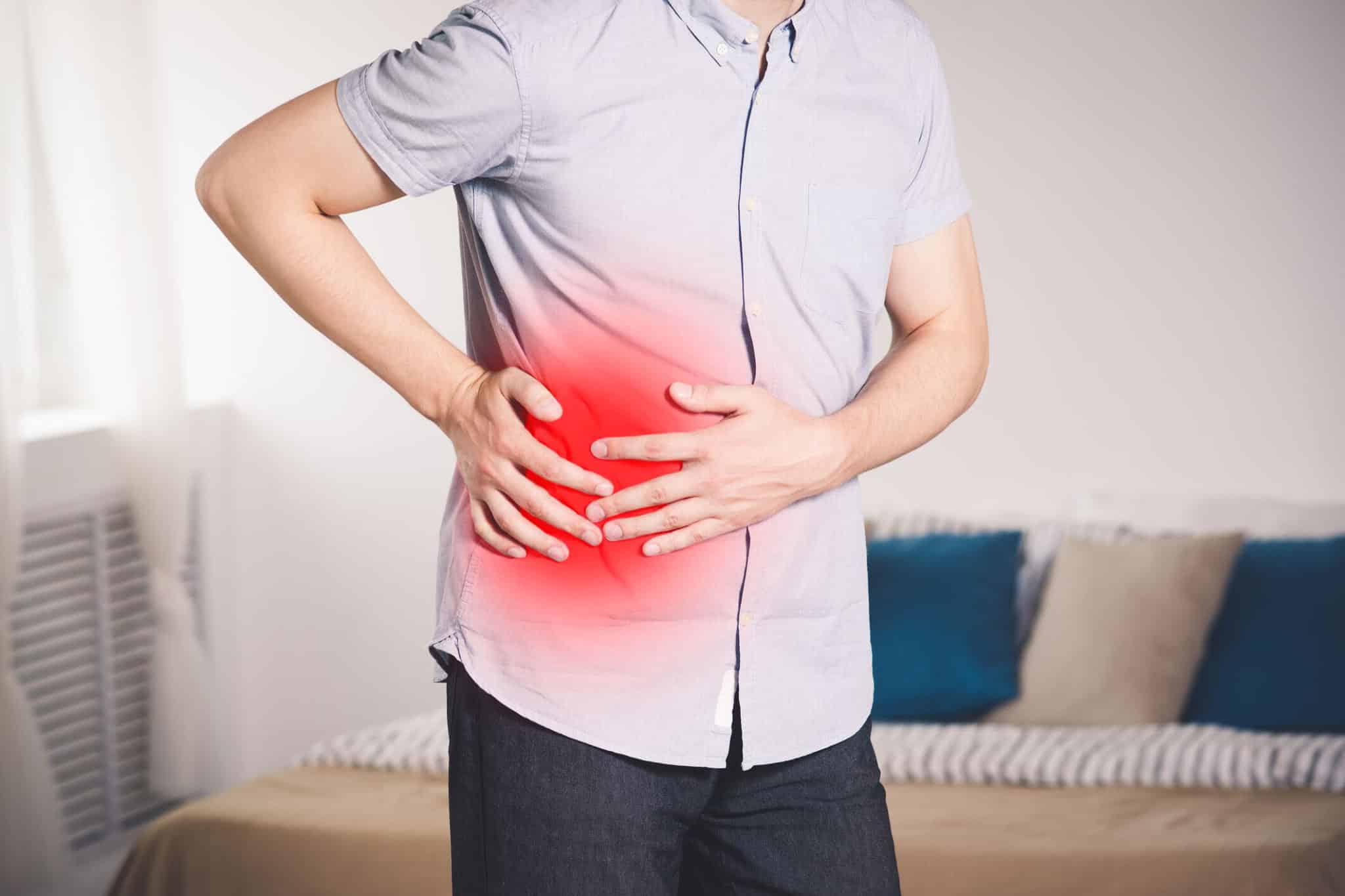Appendicitis is a serious medical condition that can cause severe pain in the lower abdomen and often leads to appendectomy.
However, there are many different types of appendicitis symptoms. Some people may have mild nausea or stomach cramps after eating certain foods. Other people may feel like they’ve eaten too much and need to go to the bathroom right away. And some may feel their appendix pressing against their bowel, causing them excruciating pain. Here we will outline what different people with different symptoms may experience from appendicitis.
Read on to learn more about appendicitis symptoms!
The first symptom of appendicitis is usually an acute abdominal pain that starts in the lower left side of the abdomen and radiates up towards the back. It is sometimes accompanied by vomiting, nausea, low fever, and general malaise. The pain usually begins suddenly, lasts for several hours, reaches its peak intensity within 12-24 hours, and then gradually fades away over the course of two days. This classic triad of symptoms, however, is not always present in all cases of appendicitis. In fact, only 50% of patients who have had appendicitis actually exhibit these three symptoms at the time of initial presentation.
Other possible symptoms include diarrhea, constipation, difficulty breathing, and loss of appetite. If appendicitis is suspected, it is important to see your doctor as soon as possible. Early diagnosis and treatment can ensure a better prognosis and prevent complications such as perforation and abscess formation.

Some people might think that when the appendix pain start then they will not be able to handle it but this is not true as anyone can handle it. Suppose if your pain gets too high then doctors can remove the appendix from inside of your body with the help of a small surgery and further you will not face any kind of issues regarding it.
Acute Appendicitis
In acute appendicitis, the inflammation usually occurs in the mucosa (lining) of the appendix. As the inflammation progresses, the appendix becomes inflamed and swollen, which causes pain and tenderness. Sometimes blood clots form in the lumen (inner cavity) of the appendix. These clots are called gangrenous and are associated with peritonitis (infection of the peritoneum).
The most common type of appendicitis is uncomplicated appendicitis, which is characterized by localized inflammation, without any signs of infection spreading to the surrounding tissue or organs. However, if the inflammation spreads beyond the confines of the appendix, this is classified as complicated appendicitis. Complicated appendicitis carries higher risk for perforation and abscess formation, so it is important to get treatment as quickly as possible.
Another type of appendicitis is acute suppurative appendicitis. Suppurative means pus forming inside the body. Suppurative appendicitis is caused by an obstruction of the drain tube located in the appendix, which results in accumulation of pus inside the cavity. A third type of appendicitis involves malignancy. Malignant appendicitis refers to tumors developing inside the appendix. It does not affect the other parts of the digestive tract. The most common tumor is adenocarcinoma, followed by lymphomas, leukemias, and carcinoids.
Chronic Appendicitis
As mentioned above, chronic appendicitis is a long-term complication of appendicitis. Chronic appendicitis is defined as appendicitis occurring months or years after the original episode of acute appendicitis. It is also referred to as recurrent appendicitis because it happens repeatedly. Chronic appendicitis is uncommon and accounts for 5%-10% of all cases of appendicitis. Patients with chronic appendicitis usually require multiple surgical interventions and prolonged hospitalization.
A patient with chronic appendicitis typically has persistent abdominal pain and tenderness along with a high white cell count in the blood. Because the appendix is enlarged and distorted, imaging tests such as CT scan and ultrasound are needed to diagnose chronic appendicitis. There is no cure for chronic appendicitis; it is managed by repeated surgeries to remove the diseased appendix. Once the appendix is removed, recovery takes longer than usual.
Complications of Chronic Appendicitis
There are several potential complications of chronic appendicitis that should be monitored closely by the surgeon during surgery. One complication is appendiceal abscess. An abscess is a collection of pus that forms in the space between the intestines and the lining of the wall of the intestine. Abscesses are usually caused by bacteria from the intestinal flora. Another complication is appendicular perforation. Perforation occurs when the appendix ruptures, allowing contaminated contents to leak into the peritoneum.

Peritonitis is another complication that can occur during operations for chronic appendicitis. Peritonitis refers to contamination of the peritoneum, the membrane covering the abdominal cavity. It occurs when infected fluid leaks into the abdominal cavity through the rupture of the appendix. Infected appendical fluid can spread throughout the abdominal cavity and lead to septic shock and death in severe cases. Other complications include periappendiceal hemorrhage (bleeding inside the appendix), rupture of the appendix, stricture (narrowing) of the small intestine due to appendicitis, and phlegmon (a bacterial infection involving the serosal layers of the body).
Symptoms of Chronic Appendicitis
Patients with chronic appendicitis usually have persistent abdominal pain. However, some patients experience intermittent episodes of pain, while others do not have any history of pain.
Some patients complain of having loose stools and/or passing dark urine, although the exact reason for this is unknown. Many patients report feeling nauseated and/or vomiting after eating specific foods. Some patients experience bloating, gas, or fullness in the upper part of the abdomen, which may or may not be accompanied by abdominal discomfort.
One of the main symptoms of chronic appendicitis is weight loss. Weight loss often accompanies an illness, but it is especially noticeable in patients with chronic appendicitis because the weight loss is gradual rather than sudden. Additionally, the patient’s appetite tends to decrease, and the patient may lose interest in food.
Many patients with chronic appendicitis have elevated levels of C-reactive protein (CRP) in the blood. CRP is a protein found in the blood. Elevated CRP indicates that the body is producing extra amounts of CRP, which suggests inflammation. Thus, measuring CRP level helps determine whether the appendicitis is acute or chronic.





